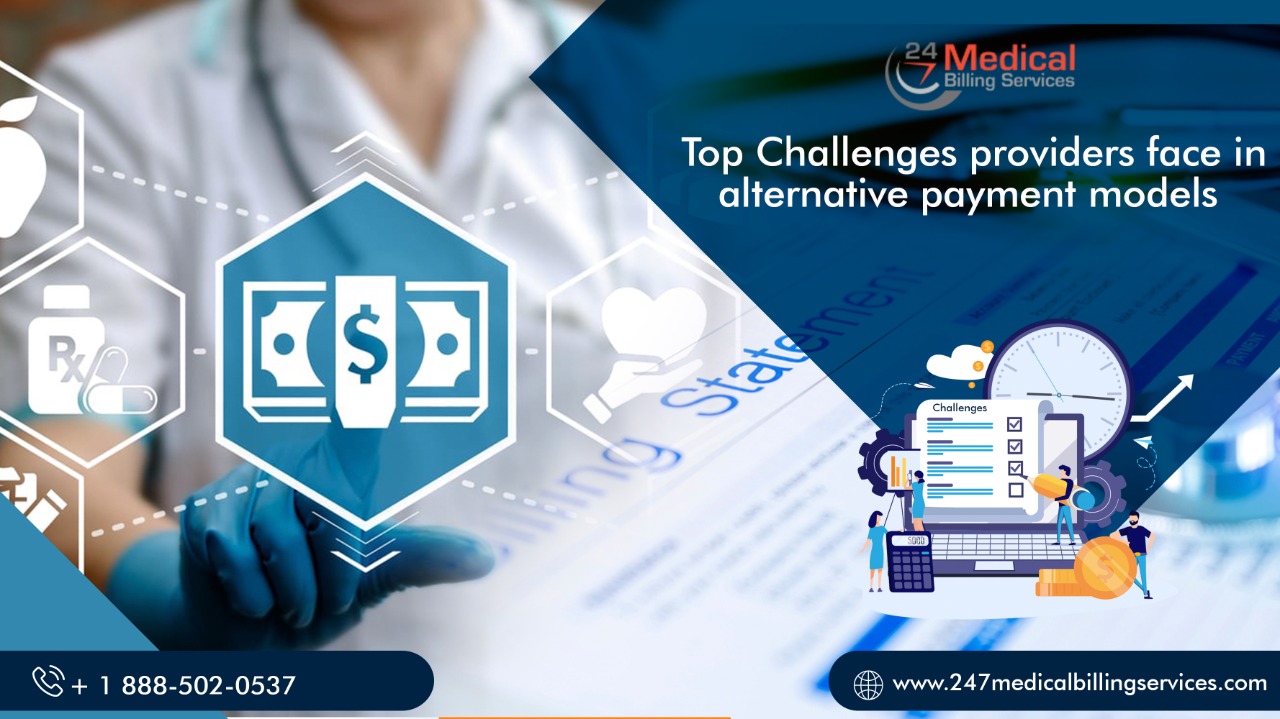
Top Challenges Providers Face in Alternative Payment Models
Over the time, even the different ways by which payments can be made in medical practices are undergoing a significant change.
In fact, a physician whether as an individual practitioner, an employee of an extensive healthcare system, or a hospital has never faced such a challenging time before. But now they are required to navigate a series of challenges every day and one of them is the payment hassle.
It’s mainly because of the alternative payment models (APM) that are being incorporated into the healthcare system now.
This article will discuss about the top three challenges that the providers will face in alternative payment models. It is vital to understand these challenges to mitigate them as soon as possible as the medical industry is shifting towards new APM models.
Challenge 1: Resource Crunch
It is time-consuming and labour-intensive process when you have to shift or use APM. Additionally, it requires the practice to have the right people and resources to support the entire payment system. In fact, it may take six and eighteen months to participating in the APM models and to start functioning on the same.
However, just starting with the program is not enough. The practice needs to have staff that understand and are well-trained in such APM models. In fact, they are the key in warranting the model functioning as per the medical requirements. For this, regular monitoring and assessment of the data is also must. Moreover, the practices must implement the changes in their processes and workflows to ensure that the model's performance keep on improving as per the changing needs.
The practices can follow these steps to ensure that they can manage the APM transformation with their resources.
- Identify the practitioners and the staff who will back the project and take charge as a leader
- Understand the design of the model, the eligibility, and the requirement for the transformation before the change begins
- Get the model practice and thereafter, identify the data required. Based on that, start collecting and monitoring that data to finally assess them
- Lastly, identify and distribute the responsibilities and other related management practices within the practice that are key to the model
Challenge 2: The Ever-changing Rules & Policies
Undoubtedly, the medical billing and coding system in itself is a challenging process. But simultaneously, APMs are also adding a burden on the healthcare providers as an arduous progression for the practices. Moreover, like any other medical billing system, the alternative payment method models are also undergoing continuous changes in their rules and policies. Hence, the entire process becomes quite a complex space that the practices navigate.
Another challenging aspect of the APMs is the quality measurement program embedded within its rules and requirements. Additionally, the constant and frequent start date changes of APMs make the process difficult for the practices especially when they plan and prepare for the procedure.
The best way to navigate these challenges is to understand the complex rules and regulations of the APM models. The practice needs to have an in-depth understanding of the current payment system, how it impacts the patients and how it will be changed with the new payment model. The key to success with APMs is to stay on top of the policy requirements with the regulatory changes made, and if the practice is participating in multiple APMs, then get in touch with the third-party outsourcing partner who has an in-depth understanding of the entire program.
Challenge 3: Data Monitoring and Analysis
One of the ways to succeed in the practice is by offering the best medical services to the patients. It is possible only when the practice monitors and analyses the data they have. The situation is the same for APMs, but it has limited information despite CMS is offering feedback reports to the APM participants. Also, the EMRs have data that can be used for model performance, restricted on the basis of knowledge. As a result, it fails to provide the entire journey.
Similarly, many practices cannot collect and analyse even the available data. In fact, they have low bandwidth to collect this data. Though the practice may require this data, fails to have the additional resources to collect this data especially that is outside the EMR.
In such a scenario, monitoring, measuring, and analysing the data for managing the APM programs can be pretty challenging. To mitigate this challenge, it is important to find a dedicated person or team who will monitor, collect and analyse the program data. In addition, some tools can be implemented to get the trended information which can help the practice to measure the performance and improve the workflow.
Final Words
Though these are the key challenges faced by the healthcare practices along with several others in APMs, they can also be mitigated, and practices can navigate it to offer better services to their patients with better performance. Moreover, there is a need on the part of the practice to train their staff and practitioners for the AMPs. One of the most accessible options is to hire a team such as 24/7 Medical Billing Services who specializes in APMs and work with them to overcome the hurdles and reap the benefit of the model while focussing on taking care of the patients and the practice.

.png)